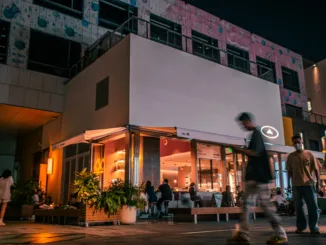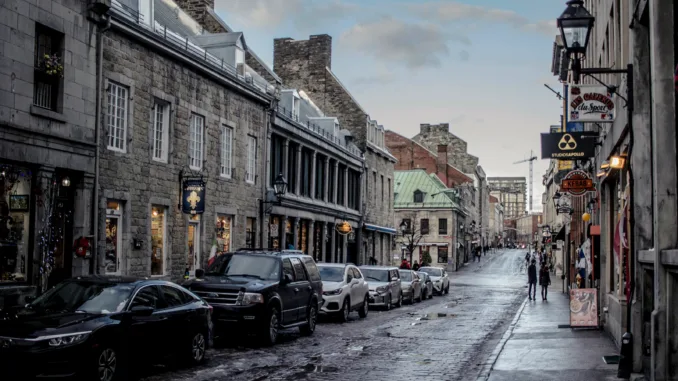
In the third and final installment of this series, we consider how to be proactive in your café’s neighborhood to create a positive impact.
BY EMILY JOY MENESES
BARISTA MAGAZINE ONLINE
Featured photo by Maria Elena Zuñiga
Welcome to part three of “Let’s Talk About: Gentrification,” an article series where we explore the link between specialty coffee and gentrification. In part one, we discussed early forms of gentrification following the opening of the first cafés across Europe. In part two, we spoke about the different ways that specialty-coffee shops are potentially propelling gentrification in the modern age.
Today, we’ll talk about practical ways that café owners can be more aware of, and proactive about, the issue, through embodying practices in their store that are welcoming of existing communities.
Some Ways to Be Proactive
Consider Location
Thinking of opening a coffee shop in a neighborhood you’re new to? First, do some research on the location and its history. Try exploring it to better understand: Who lives there currently? Is it primarily people of color? Families? Low-income folks? And how do these demographics align with the people you’re trying to cater to with your coffee shop?
This isn’t to say that you should feel completely limited in where you want to open your shop. But it’s important to consider how your business can fit into—not replace—the culture that already exists.
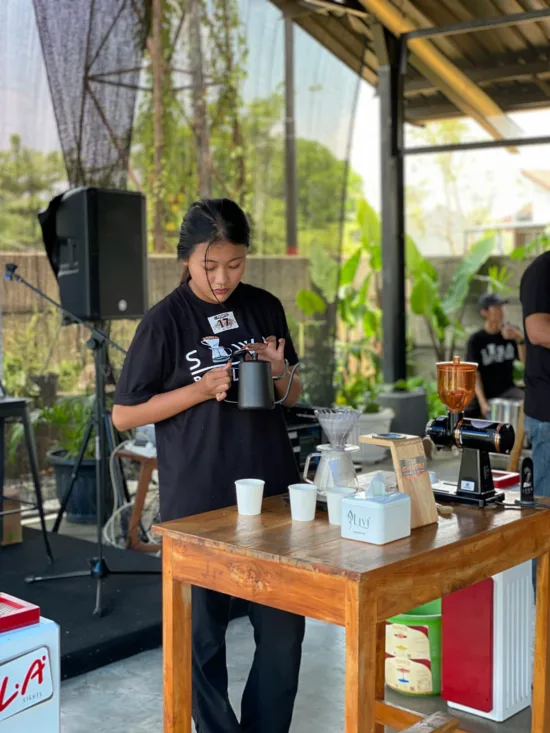
Hire Locally
Hiring locally is a powerful way for small coffee shops to strengthen existing communities. By offering jobs to residents from the neighborhood, cafés can help ensure that economic benefits stay within the area, supporting local livelihoods and fostering a sense of inclusion.
Local hires are also more likely to understand the culture, history, and needs of the community, creating a more authentic and welcoming environment for both residents and visitors. This practice can reduce displacement by providing employment opportunities for those who might otherwise be “priced out“ of the neighborhood.
Adapt to Community Preferences
Additionally, cafés can preserve existing communities by building menus around local preferences. For example, in part two of this article series, we mentioned how dairy isn’t the norm in many cultures outside of the Western world. Offering nondairy options free of charge—as Starbucks recently began doing—could be one way to stay inclusive.
Consider the different ways in which people consume coffee. Remember the old saying, “The customer is always right in matters of taste“? There’s no one right way to drink coffee. Keeping this in mind can help you maintain a judgment-free environment that feels welcoming to locals and visitors alike.
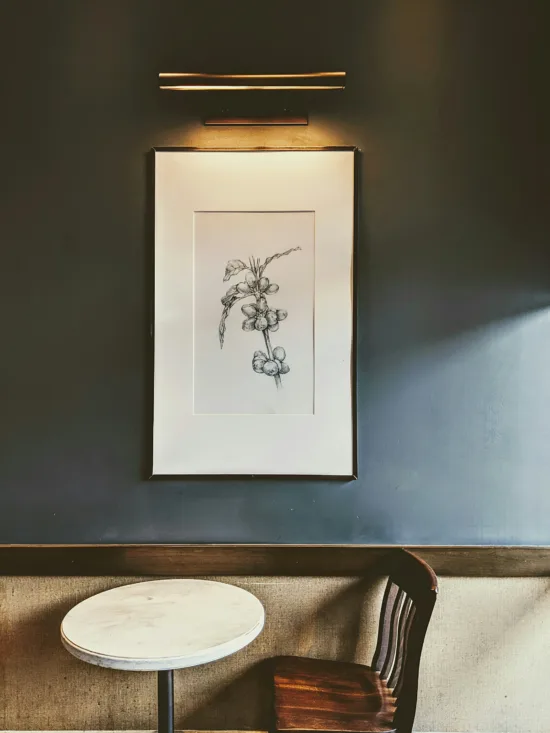
Highlight Local Artists & Vendors
Cafés can further support the local community by showcasing the work of local artists or collaborating with neighborhood vendors. Hosting art exhibitions, selling locally made products, or partnering with local farmers and bakers can build stronger ties to the community. This not only provides exposure and financial support for local talent but also ensures that the café reflects the culture and values of the surrounding neighborhood.
Host Community Events
Cafés can serve as community hubs by organizing or hosting events that are meaningful to local residents. This could include open mic nights, educational workshops, or even local history talks. By creating a space for dialogue and cultural exchange, cafés can foster community connections and act as a bridge rather than a barrier to the existing population.
Offer Community Discounts
Offering sliding-scale pricing or “pay what you can” days can make specialty coffee more accessible to everyone in the neighborhood. Community discounts or loyalty programs specifically for local residents could encourage repeat visits from people who might otherwise feel like the coffee shop is inaccessible to them.
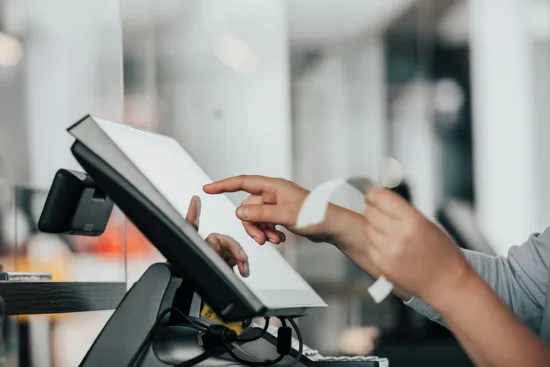
Participate in Local Advocacy
Café owners can engage in local advocacy to address broader gentrification concerns. This could mean joining community organizations or taking part in neighborhood council meetings to ensure that they are a voice in the ongoing dialogue about development and displacement. Aligning your business practices with local activist movements shows a commitment to the community beyond the walls of the café.
The Power in Acknowledging Gentrification
Tackling the problem of gentrification isn’t simple. There’s still much debate on the role that coffee shops play in the issue. But still, the topic shouldn’t be skirted around—and it’s important to keep conversations going.
“It’s necessary to recognize our privilege. The places (where) specialty coffee is consumed are, many times, in gentrified spaces,” shares Dennis “Cody” Cote, a longtime coffee worker who also wrote their thesis on the intersection of specialty coffee and gentrification. “Historically, (the issue) goes back even further, from when this land was stolen from indigenous peoples. … Gentrification continues to occur, but has taken on new forms throughout the world. Everyone has to take responsibility for how they (may be) participating.”
ABOUT THE AUTHOR
Emily Joy Meneses (she/they) is a writer and musician based in Los Angeles. Her hobbies include foraging, cortados, vintage synths, and connecting with her Filipino roots through music, art, food, and beverage.
Subscribe and More!
As always, you can read Barista Magazine in paper or digital format. Read the October + November 2024 issue for free with our digital edition.
And for more than three years’ worth of issues, visit our digital edition archives here.



